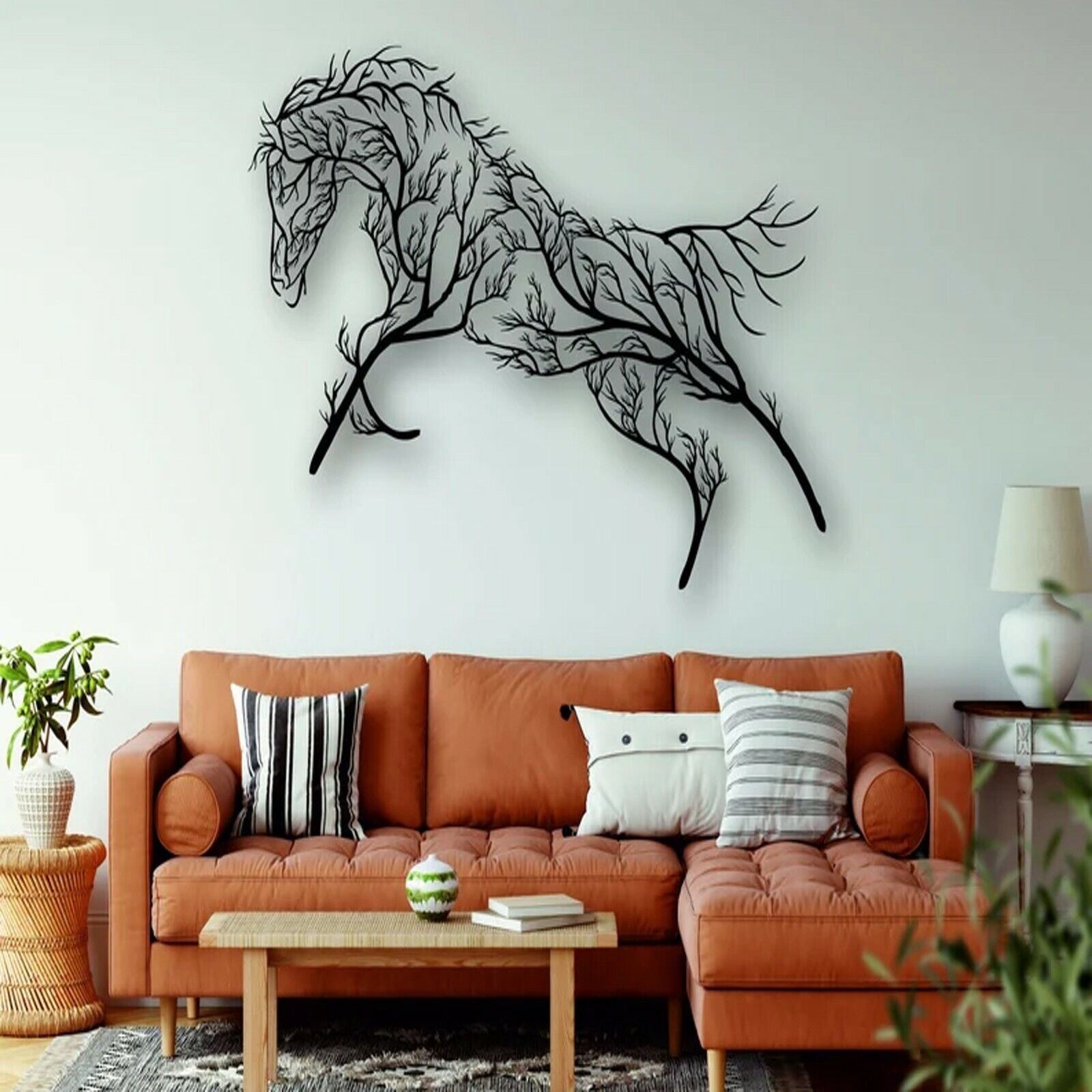

Articles
How To Store Wall Art
Modified: May 6, 2024
Learn the best way to store your wall art and keep your articles safe and protected. Follow these simple steps to preserve the longevity and beauty of your artwork.
(Many of the links in this article redirect to a specific reviewed product. Your purchase of these products through affiliate links helps to generate commission for Storables.com, at no extra cost. Learn more)
Introduction
Wall art can be a beautiful and meaningful addition to any space, whether it’s a painting, a photograph, or a decorative print. However, there may be times when you need to store your wall art, such as during a move, renovation, or when you simply want to switch up your decor. Properly storing your wall art is crucial to preserve its beauty and protect it from damage.
In this article, we will guide you through the process of storing wall art to ensure its longevity and maintain its original condition. We will cover various aspects, including choosing the right storage location, preparing the wall art for storage, wrapping and padding techniques, storing the art in boxes or without boxes, and hanging wall art for storage. Additionally, we’ll provide some extra tips to help you store your wall art effectively.
By following these guidelines, you can keep your wall art safe and secure, ready to be enjoyed again in the future.
Key Takeaways:
- Properly storing wall art involves choosing the right location, preparing the art with protective layers, and considering options such as storing in boxes or without boxes. Follow these steps to preserve your wall art for future enjoyment.
- Additional tips for wall art storage include avoiding moisture, considering climate-controlled storage, rotating stored artwork, keeping records and documentation, considering insurance, regularly inspecting and maintaining the art, and seeking professional assistance when needed. These tips will help ensure the longevity and preservation of your wall art.
Read more: How To Arrange Wall Art
Choosing the Right Storage Location
When it comes to storing wall art, choosing the right storage location is crucial to ensure the longevity of your pieces. Here are some factors to consider when selecting the perfect storage space:
- Temperature and Humidity: Aim for a storage area with consistent temperature and humidity levels. Extreme temperature fluctuations and high humidity can damage artwork over time. Ideally, the temperature should be between 65-75 degrees Fahrenheit (18-24 degrees Celsius), and the humidity should be around 50%. Avoid basements, attics, or any areas prone to dampness or temperature fluctuations.
- Light Exposure: Light exposure can cause fading and discoloration of artwork. Therefore, choose a storage location away from direct sunlight or bright artificial lighting. If possible, opt for a dark or dimly lit area.
- Cleanliness and Security: Ensure that the storage area is clean and free from dust, dirt, and pests. Regularly clean the area to prevent any potential damage to the artwork. Additionally, consider the security of the space. If storing valuable or sentimental pieces, you may want to invest in a secure storage facility.
- Accessibility: Consider the accessibility and ease of retrieval when selecting a storage location. If you anticipate needing to access your wall art frequently, choose a spot that allows for convenient retrieval without risking damage.
By taking these factors into account, you can find a suitable storage location that provides optimal conditions for preserving your wall art.
Preparing the Wall Art for Storage
Before storing your wall art, it’s essential to prepare it properly to ensure its protection during the storage period. Follow these steps to prepare your art for storage:
- Clean the Artwork: Start by thoroughly cleaning your wall art. Use a soft, lint-free cloth or a brush to gently remove any dust or dirt from the surface. Avoid using any harsh cleaning agents or excessive water, as they can damage the art.
- Inspect for Damage: Carefully examine the artwork for any signs of damage, such as tears, scratches, or flaking paint. If you notice any issues, consider having the art professionally restored before storing it to prevent further deterioration.
- Remove Hardware: Take off any hardware or hanging materials from the artwork, such as nails, screws, or wires. These can cause damage to the art or other pieces during storage. Keep them in a labeled bag or container, so they’re easily accessible when you’re ready to hang the art again.
- Protective Layers: Add layers of protection to your wall art. Start by placing a sheet of acid-free, archival-quality tissue paper between the artwork and the glass or frame to prevent sticking. If the artwork has delicate or protruding elements, consider adding additional padding, such as cardboard or bubble wrap, to safeguard these vulnerable areas.
- Use Acid-Free Materials: When wrapping or covering the art, use acid-free materials to prevent any chemical reactions or deterioration. Acid-free materials, such as acid-free paper, cardboard, or polyethylene foam, are safe and won’t harm the artwork during storage.
- Labeling: For easy identification, label each piece of wall art with its title, artist’s name, and any other relevant details. This will help you locate and handle the artwork correctly when you need it again.
By following these preparation steps, you can ensure that your wall art is adequately protected and ready for storage.
Wrapping and Padding Techniques
Once your wall art is prepared, it’s important to wrap and pad it correctly to provide an extra layer of protection. Follow these techniques to ensure your artwork stays safe during storage:
- Wrap with Acid-Free Paper: Start by wrapping your wall art with acid-free paper. This will act as a barrier between the artwork and any other materials, preventing any potential damage or chemical reactions. Wrap the paper around the artwork, securing it with tape or acid-free adhesive.
- Use Glassine or Plastic Sleeves: If your artwork has a fragile or delicate surface, consider placing it in a glassine or plastic sleeve before wrapping it with acid-free paper. This will provide an extra layer of protection against scratches or moisture.
- Add Cardboard or Foamboard: For additional protection, place a piece of cardboard or foamboard on both sides of your wrapped artwork. This will provide rigidity and prevent any bending or warping of the art during storage. Make sure the boards are larger than the artwork, so they fully cover and protect it.
- Secure with Bubble Wrap: Wrap the entire artwork, including the cardboard or foamboard, with bubble wrap. The bubble wrap will provide cushioning and shock absorption, reducing the risk of impact damage during storage or transportation.
- Secure with Packing Tape: Use packing tape to secure the bubble wrap in place, ensuring it doesn’t come loose during storage. Be careful not to tape directly onto the artwork, as it may cause damage when removing the tape.
- Label and Document: Finally, label the wrapped artwork with its identification details and create an inventory list or take photographs of each piece. This will help you keep track of your stored art and provide proof of condition in case of any insurance claims or disputes.
By wrapping and padding your wall art using these techniques, you can effectively protect your pieces from potential damage while they are in storage.
Storing Wall Art in Boxes
Using boxes to store your wall art is an excellent option, particularly for smaller or more delicate pieces. Here’s how you can store your art in boxes effectively:
- Select the Right Size Boxes: Choose sturdy, rigid boxes that are slightly larger than your artwork. Avoid boxes that are too small, as they can cause the art to bend or warp. Opt for acid-free boxes or ones made from archival materials to provide additional protection.
- Line the Bottom of the Box: Place acid-free tissue paper or foam at the bottom of the box to create a soft and cushioned base for your art.
- Arrange the Artwork: Lay the wrapped and padded artwork horizontally in the box. Place larger pieces at the bottom and smaller ones on top, making sure to leave space between each piece to prevent any accidental pressure or contact.
- Add Additional Protection: If there’s any remaining space in the box, fill it with additional padding material, such as bubble wrap or crumpled acid-free paper. This will prevent the artwork from shifting during transportation or storage.
- Label the Boxes: Clearly label each box with the contents, including the identifying information of the artwork inside. This will make it easier to locate specific pieces when needed.
- Stack the Boxes Carefully: When stacking the boxes, make sure to place heavier boxes at the bottom and lighter ones on top. Avoid stacking too many boxes on top of one another to prevent any potential damage to the artwork at the bottom of the stack.
- Store in a Dry and Controlled Environment: Find a suitable storage location that maintains a stable temperature and humidity level to prevent any moisture-related issues. Ensure the boxes are placed away from any potential water sources or areas prone to leaks.
Storing your wall art in boxes provides an organized and protected solution, ensuring that your artwork remains safe and intact during storage.
When storing wall art, wrap it in acid-free paper or bubble wrap to protect it from scratches and damage. Store it upright in a cool, dry place to prevent warping or fading.
Read more: How To Hang Up Wall Art
Storing Wall Art without Boxes
If you have larger or more unconventional-sized pieces, or simply prefer not to use boxes, there are alternative methods for storing your wall art. Here’s how you can store your art without boxes:
- Use Plastic Sleeves: For smaller pieces, consider placing them in plastic sleeves designed to protect artwork. These sleeves can be sealed and provide a transparent layer of protection against dust, dirt, and moisture.
- Wrap with Acid-Free Paper: For larger pieces or those without sleeves, wrap the art in acid-free paper as mentioned earlier. This will protect the surface from dust and potential damage.
- Add Padding: Once wrapped, add additional padding to the corners and edges of the artwork. This can be done using foam or bubble wrap. Focus on any vulnerable areas that may be susceptible to damage.
- Create a Fabric Cover: If you don’t have boxes or sleeves, consider creating a fabric cover for your wall art. Use a clean cotton sheet or muslin fabric to carefully cover the artwork, securing it in place with clips or ties.
- Hang the Art: If you have wall space available, hanging your wall art can be a viable storing option. Use hooks or picture rails to safely hang the artwork, ensuring they are securely fastened and properly supported. Make sure the walls are clean and free from excessive moisture that may damage the art.
- Protect from Light: Regardless of the storage method, it is essential to protect the art from excessive light exposure. If storing without boxes, choose a location away from direct sunlight or bright artificial lighting.
- Monitor the Environment: Regularly check the storage area to ensure that the temperature and humidity levels are within the recommended range. Address any changes promptly to prevent damage to your artwork.
Storing your wall art without boxes provides a flexible solution, allowing you to adapt to different sizes and types of artwork. Just be sure to take the necessary precautions to safeguard the art and maintain its condition.
Hanging Wall Art for Storage
If you have limited space or prefer to keep your wall art easily accessible during storage, hanging it can be a practical solution. Follow these steps to hang your wall art for storage:
- Select a Secure Location: Choose a wall space that is clean, dry, and away from any potential hazards. Ensure that the wall is structurally stable and can support the weight of the artwork.
- Use Appropriate Hooks: Install sturdy hooks or picture rails on the chosen wall. Choose hooks that are suitable for the weight and size of your artwork. Consider using adjustable hooks that allow you to easily adjust the height or position of the art if necessary.
- Securely Hang the Art: Carefully hang each piece of art on the hooks or picture rails. Make sure the hooks are securely fastened and properly support the weight of the artwork.
- Provide Adequate Spacing: Ensure that there is enough space between each piece to prevent them from touching or overlapping. This will prevent potential damage and minimize the risk of scratches or accidental impacts.
- Protect from Light: Hang a piece of acid-free paper or fabric between each artwork to protect them from light exposure. This will help prevent fading or discoloration caused by direct sunlight.
- Regularly Check and Dust: Periodically inspect the hung artwork to make sure it remains secure and undamaged. Dust the pieces gently with a soft, clean cloth to remove any dust or dirt that may have accumulated.
Hanging your wall art for storage allows for easy accessibility and prevents any potential damage from improper stacking or pressure. Just remember to choose a suitable location and ensure that the art is securely hung to prevent any accidents.
Additional Tips for Wall Art Storage
When it comes to storing wall art, there are a few additional tips and considerations that can help ensure the longevity and preservation of your pieces:
- Avoid Moisture: Moisture can cause significant damage to your wall art, leading to mold, warping, or discoloration. Choose a storage location that is dry and free from excessive humidity. Consider using dehumidifiers or moisture-absorbing packets in the storage area to help maintain ideal conditions.
- Consider Climate-Controlled Storage: If you have valuable or delicate artwork, investing in climate-controlled storage units may be worth considering. These units provide a regulated environment, maintaining stable temperature and humidity levels to protect your art from fluctuations that can cause damage.
- Rotate Stored Artwork: If you have a collection of wall art, rotating the pieces periodically can help prevent long-term exposure to light and reduce wear and tear. Consider swapping out displayed art with stored pieces every few months to ensure equal preservation for all your artworks.
- Keep Records and Documentation: Maintain a detailed inventory and documentation of your stored artwork. This can include photographs, descriptions, and any relevant certificates of authenticity. Having a thorough record will help you track and identify your pieces easily.
- Consider Insurance: If you have valuable or irreplaceable artwork, it may be wise to consider insuring it. Art insurance can provide financial protection in case of theft, damage, or loss. Contact your insurance provider to discuss your options.
- Regularly Inspect and Maintain: Schedule regular inspections of your stored wall art to ensure its condition. Check for any signs of damage, pests, or changes in temperature and humidity. Address any issues promptly to prevent further deterioration.
- Professional Packing and Storage: If you are unsure about proper packing and storage techniques, consider hiring professional art movers or storage facilities that specialize in art. They have the expertise and equipment to safely handle and store your valuable artwork.
By following these additional tips, you can confidently store your wall art knowing that it is well-protected and preserved for future enjoyment.
Conclusion
Properly storing your wall art is crucial for preserving its beauty, condition, and value. Whether you’re storing your artwork during a move, renovation, or simply switching up your décor, following the right storage techniques will help ensure that your pieces remain safe and protected.
Start by choosing the right storage location, considering factors such as temperature, humidity, light exposure, cleanliness, and accessibility. Prepare your wall art for storage by cleaning it, inspecting for damage, removing hardware, and adding protective layers such as acid-free paper and padding.
Depending on the size and type of your artwork, you can choose to store it in boxes or without boxes. Wrapping and padding techniques are essential to provide an extra layer of protection, using acid-free materials, and securing the art with bubble wrap and packing tape.
If you have limited space or prefer easy access to your art, consider hanging it for storage. Use secure hooks or picture rails, provide adequate spacing, and protect the art from light exposure with acid-free paper or fabric.
Remember to consider additional tips such as avoiding moisture, considering climate-controlled storage, rotating stored artwork, keeping records and documentation, considering insurance, regularly inspecting and maintaining the art, and seeking professional assistance when needed.
By incorporating these proper storage techniques and taking the necessary precautions, you can ensure that your wall art remains in pristine condition and ready to be admired whenever you decide to display it again.
Now that you've mastered storing wall art safely, why not freshen up your space with new pieces? Our guide on art prints offers a curated selection that can transform any room from plain to striking. Whether you're decorating on a budget or looking to splurge, these options are sure to complement your existing decor and introduce a vibrant flair to your home. Dive into our recommendations and discover the perfect prints to express your style.
Frequently Asked Questions about How To Store Wall Art
Was this page helpful?
At Storables.com, we guarantee accurate and reliable information. Our content, validated by Expert Board Contributors, is crafted following stringent Editorial Policies. We're committed to providing you with well-researched, expert-backed insights for all your informational needs.
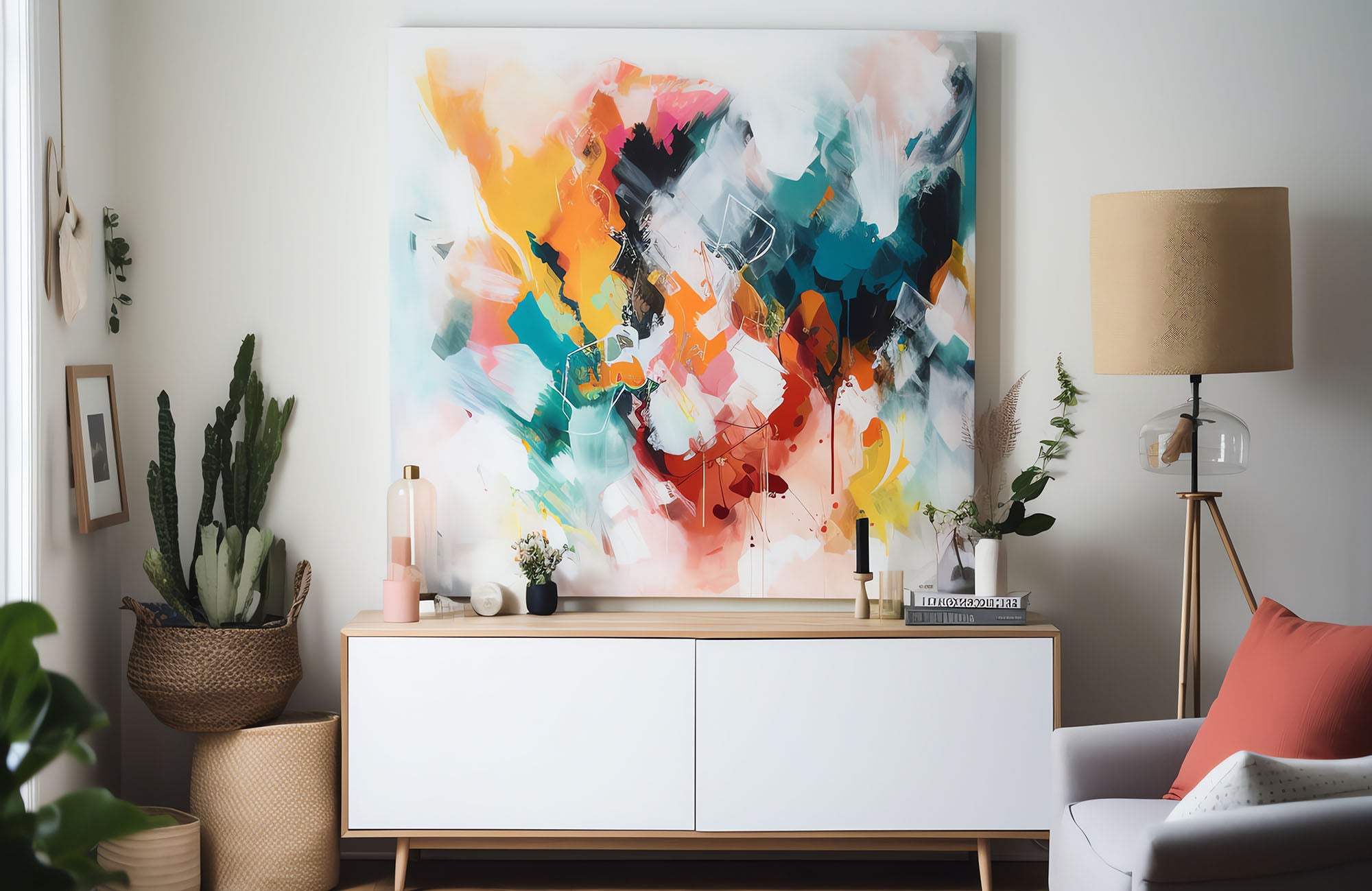



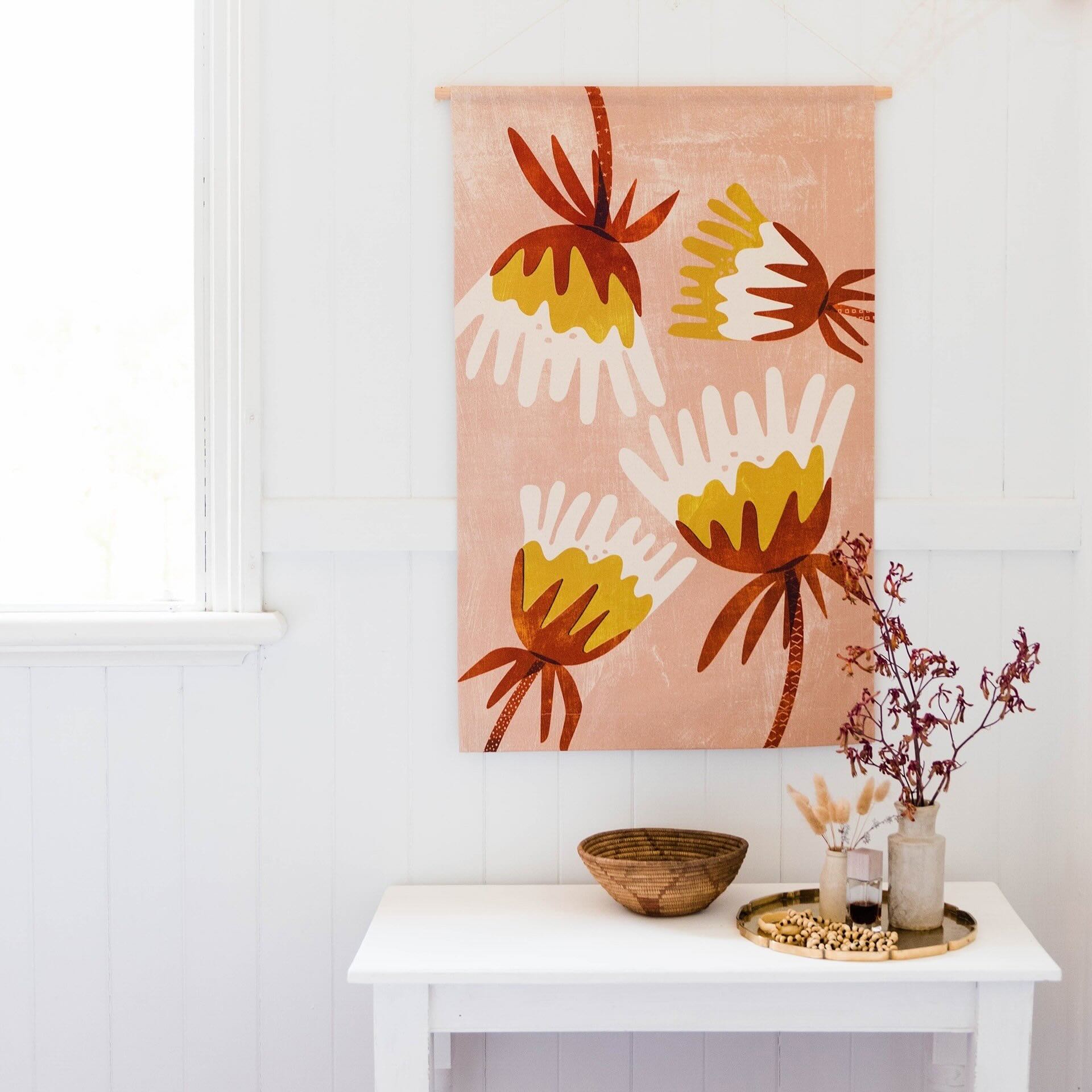
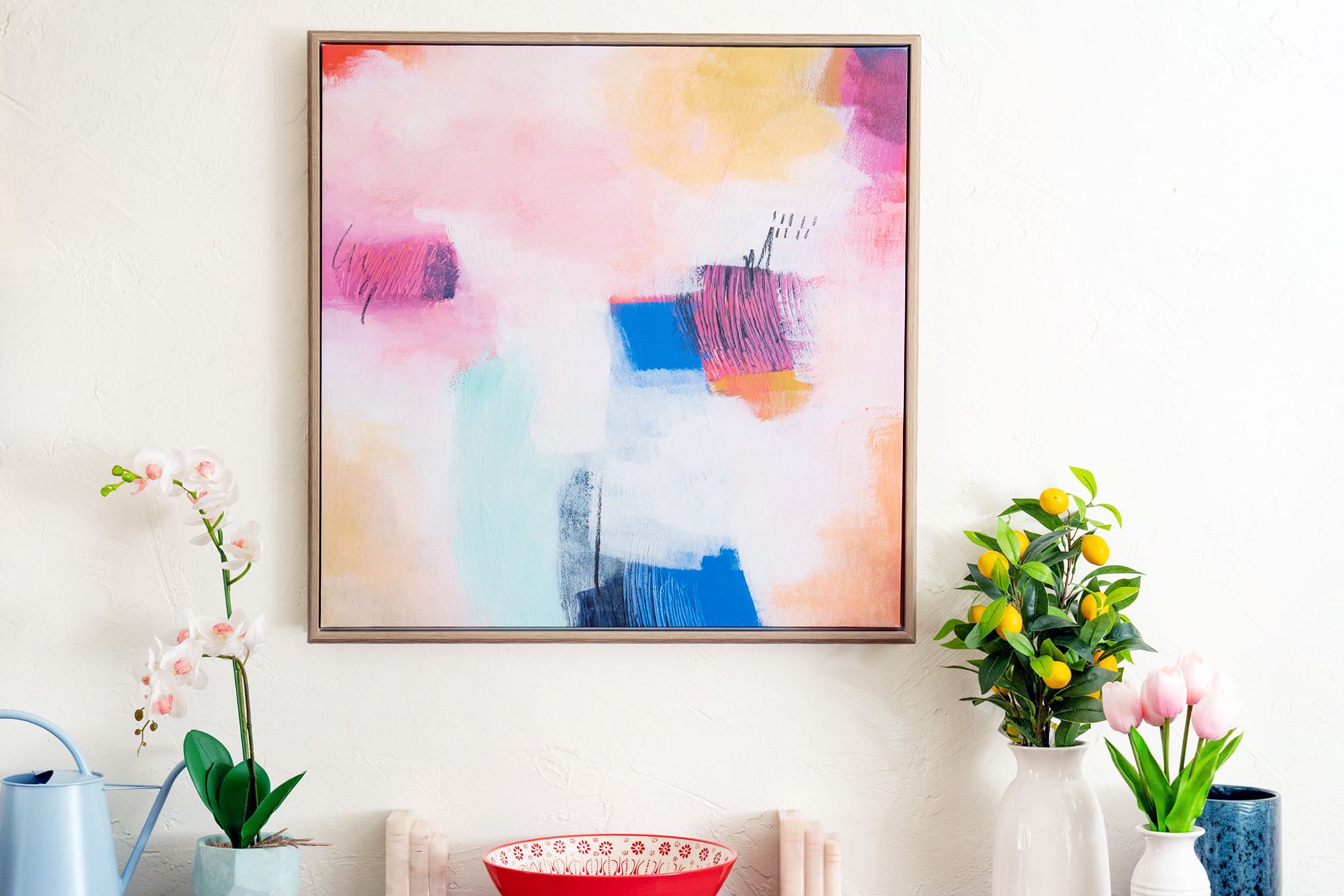

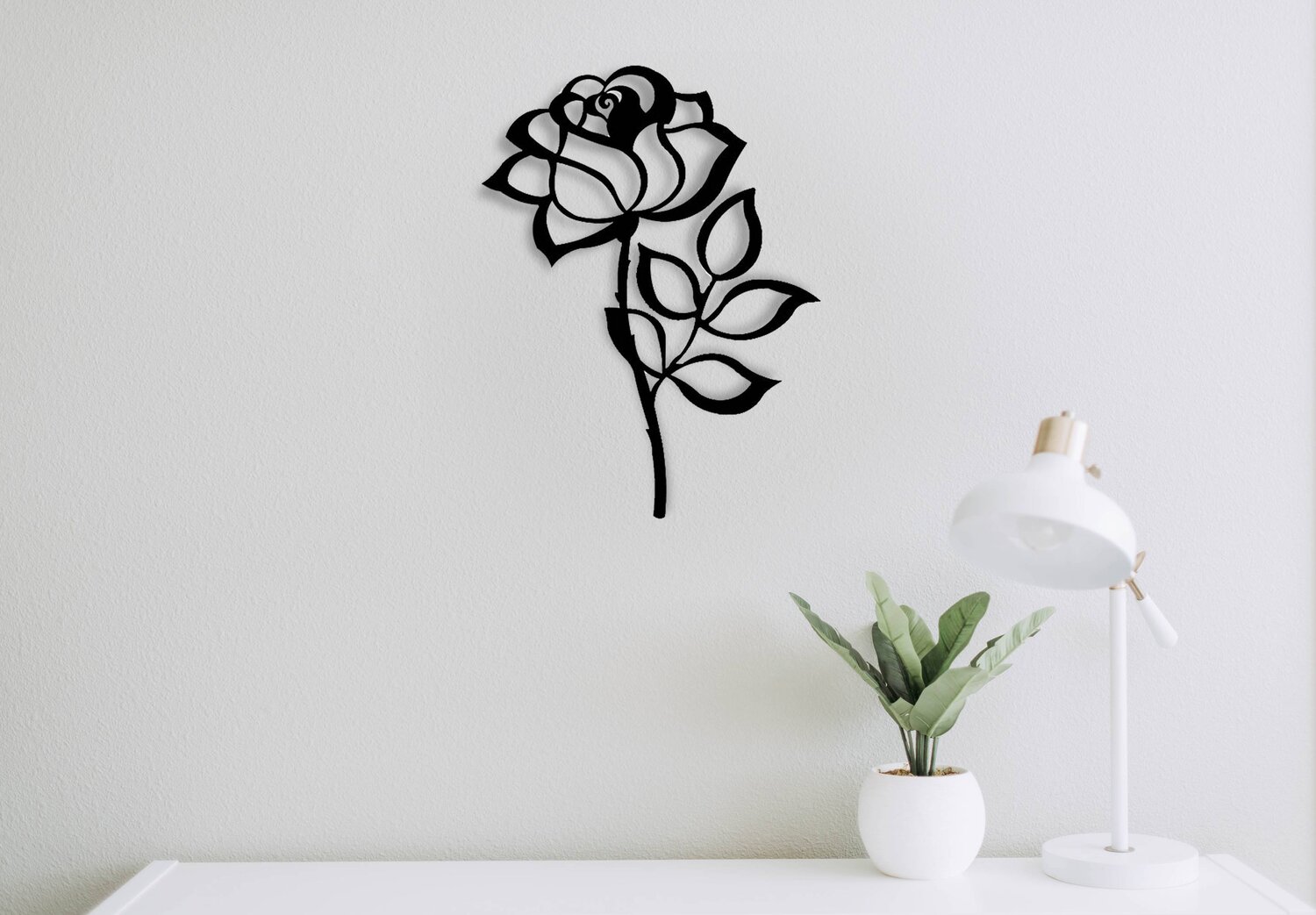


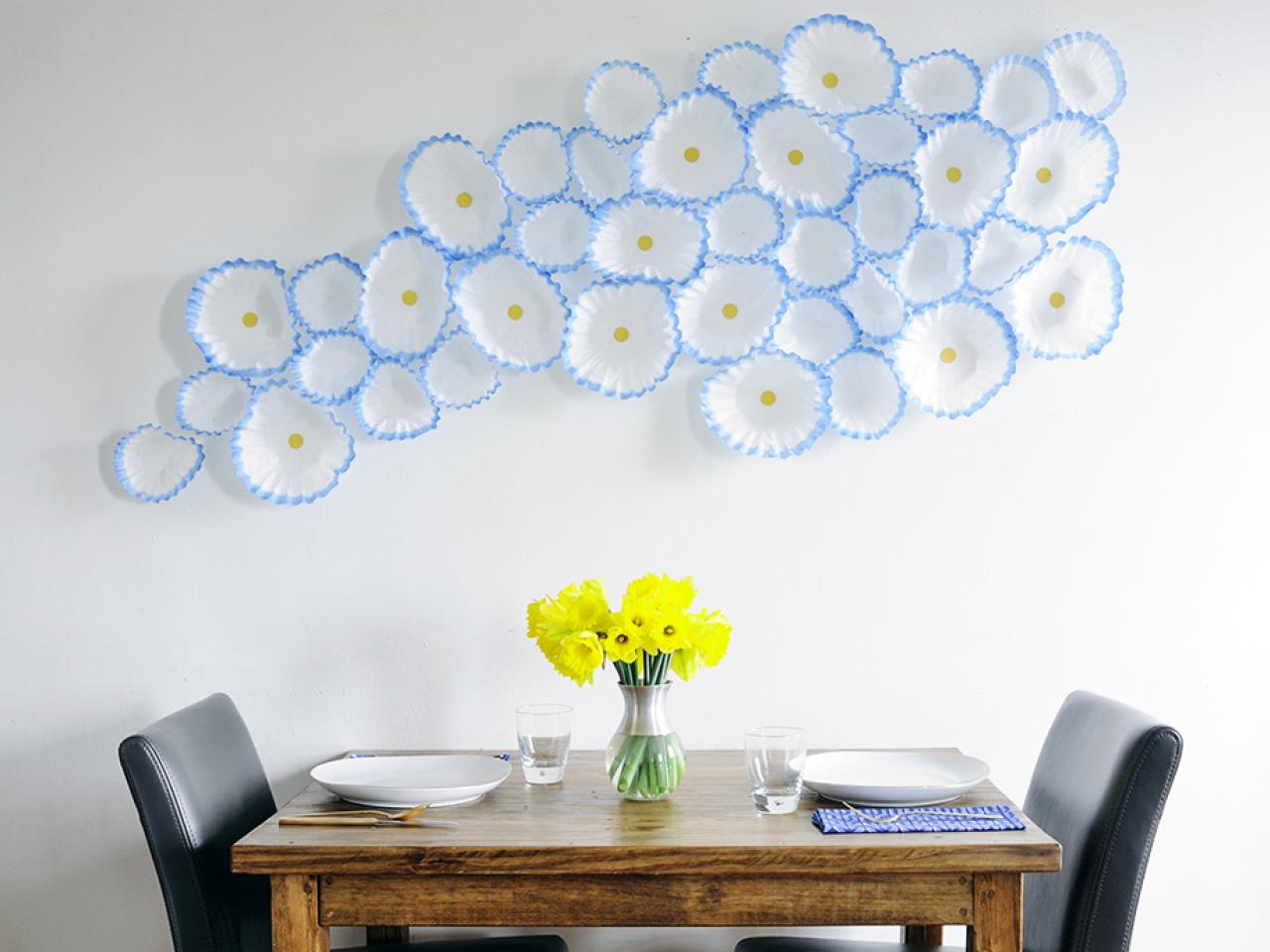
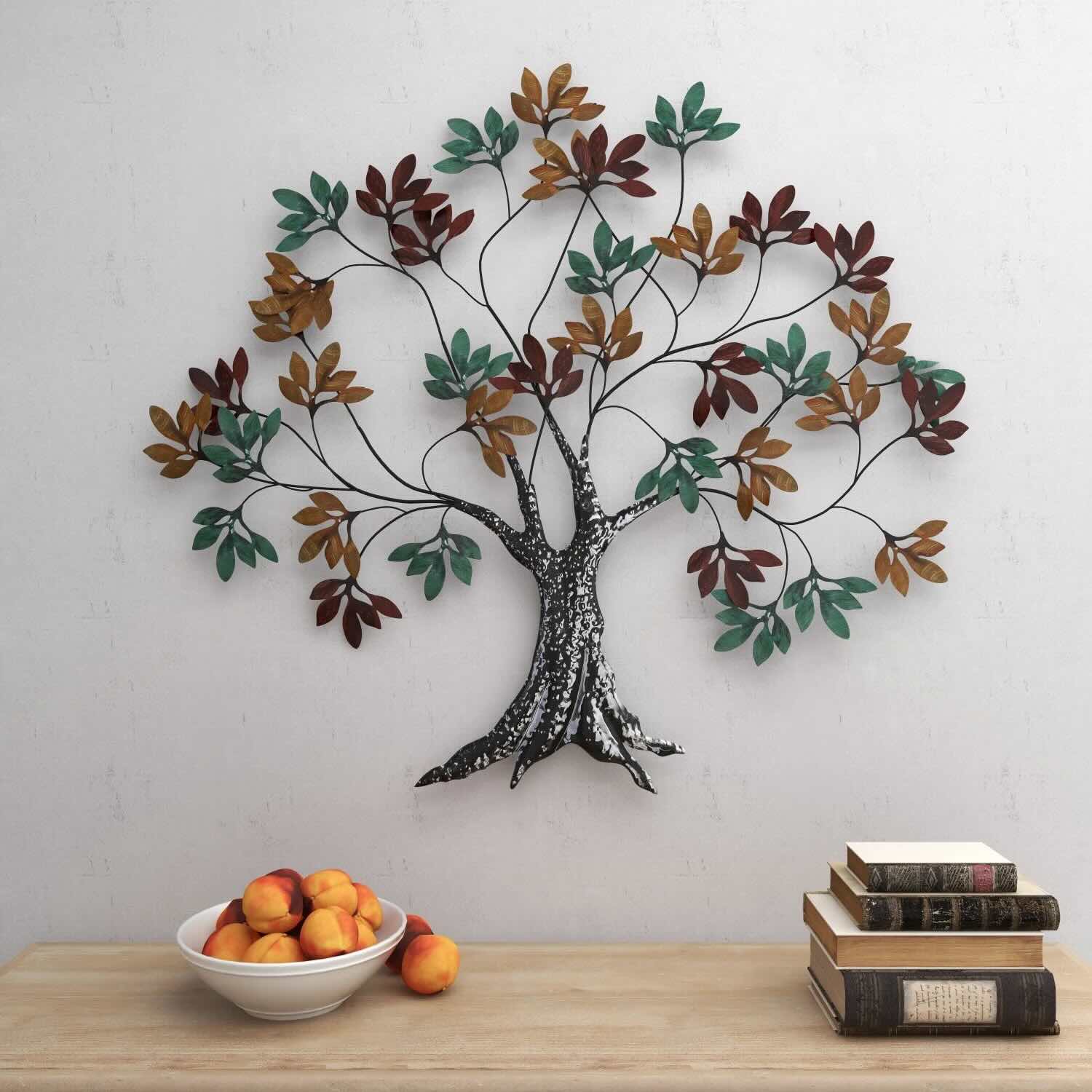
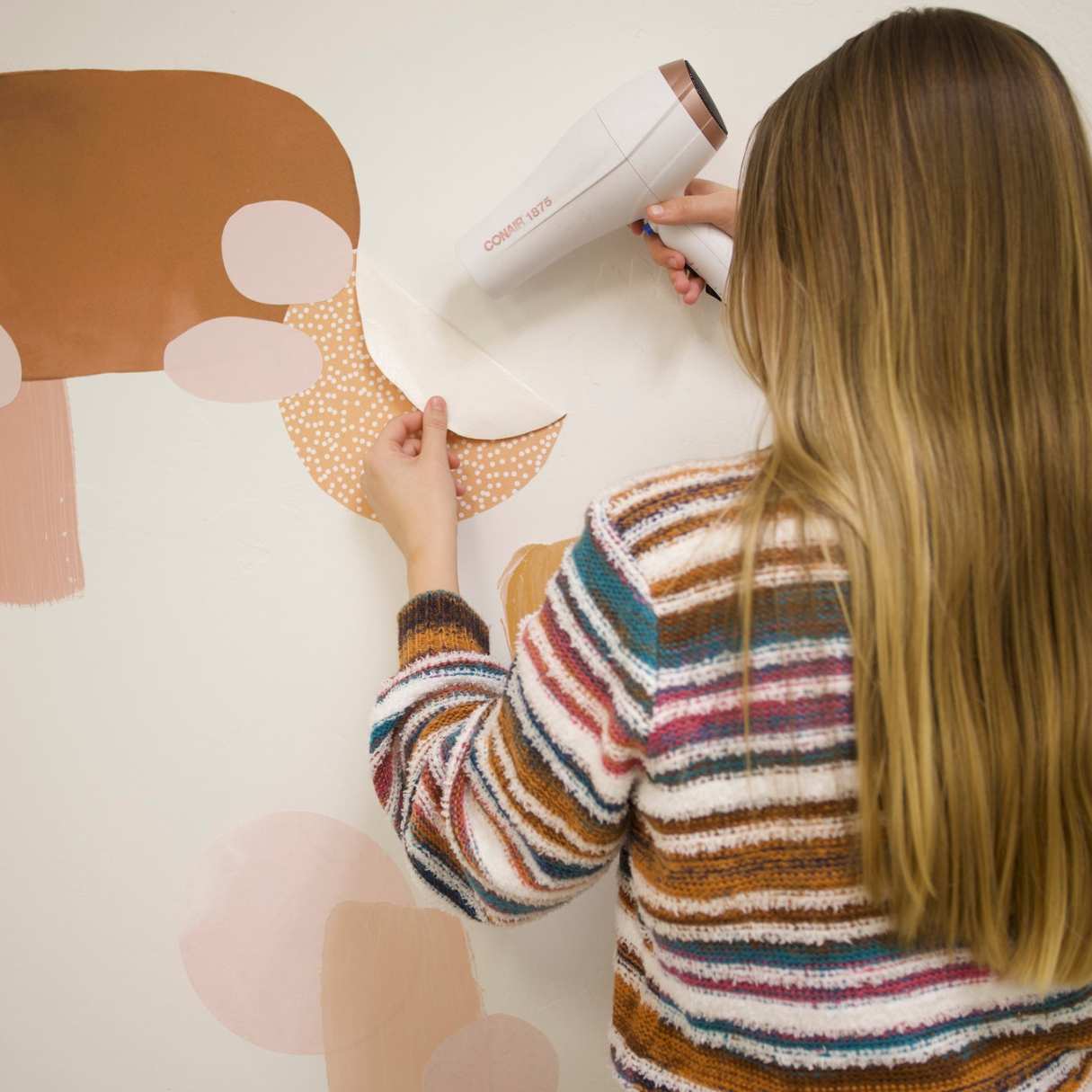
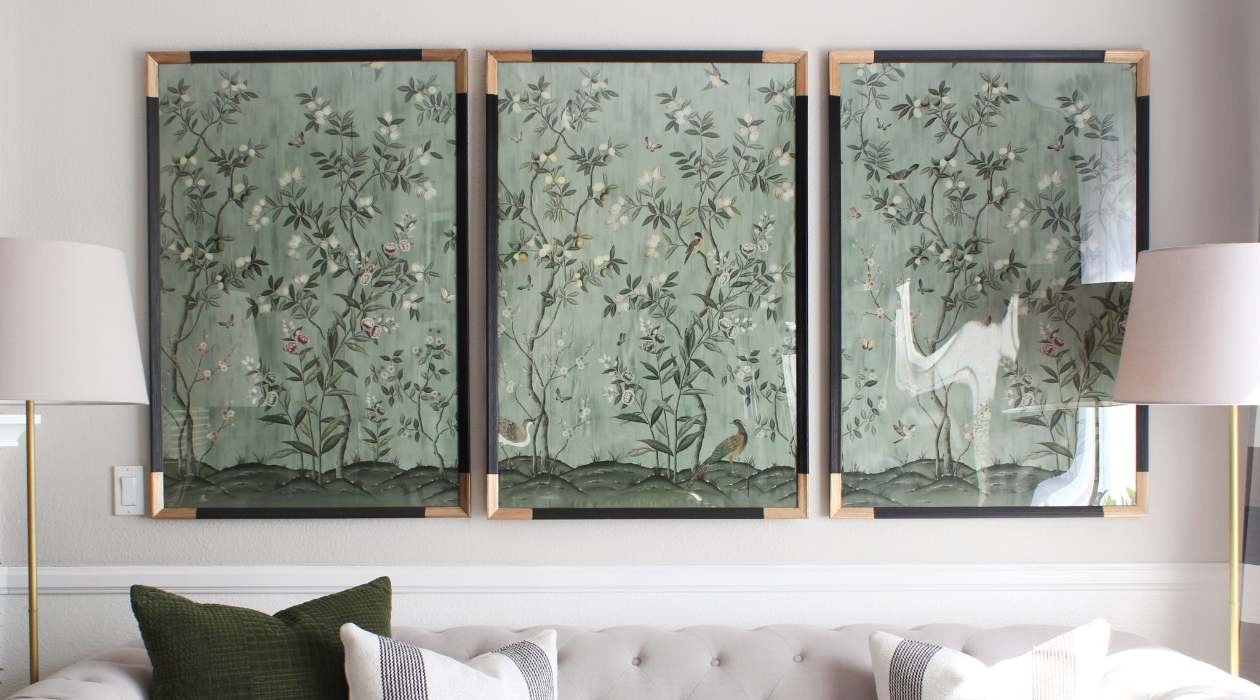

0 thoughts on “How To Store Wall Art”